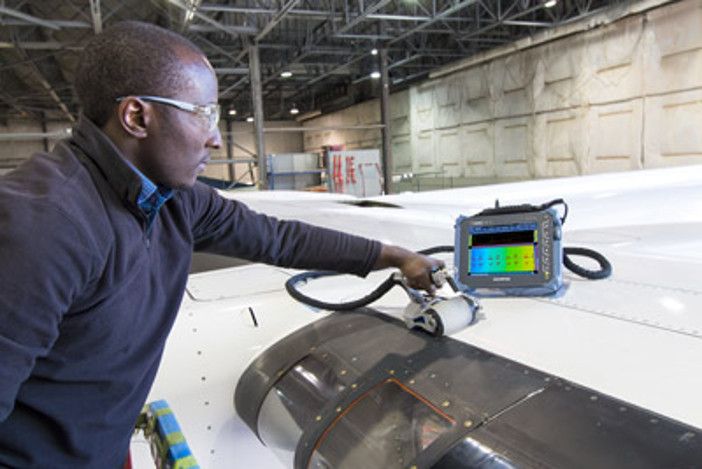The calibration of frequency response is a critical process in audio and sound measurement, ensuring accuracy and precision in various applications. Whether in professional audio engineering, consumer electronics, or industrial settings, proper calibration is essential for delivering optimal performance and reliable results.

What is Frequency Response?
Frequency response refers to the ability of a system or device to reproduce audio frequencies accurately. It is a measure of how well a system can replicate sounds across the entire audible spectrum, from low bass to high treble. The goal is to have a flat frequency response, where all frequencies are reproduced at the same level, ensuring that the sound is true to the original source.
Why is Calibration Necessary?
Without proper calibration, audio systems can introduce distortions, uneven frequency response, and inaccuracies in sound reproduction. Calibration ensures that the system performs optimally, delivering clear, accurate, and balanced sound. This is crucial for applications where precision is paramount, such as in recording studios, theaters, and audio testing labs.
Applications Requiring Precise Calibration
- Professional audio engineering
- Consumer electronics
- Industrial sound measurement
- Scientific research
Steps in the Calibration Process
Calibrating frequency response involves several steps to ensure accuracy and reliability. Here’s a breakdown of the process:
1. Equipment Setup
Begin by setting up the equipment, including microphones, speakers, and measurement tools. Ensure that all devices are in good working condition and properly connected.
2. Test Signal Generation
Generate test signals, such as pink noise or sine waves, to analyze the system’s response across different frequencies. These signals help identify any anomalies or deviations from the desired response.
3. Measurement and Analysis
Use measurement tools, such as spectrum analyzers, to capture the system’s response to the test signals. Analyze the data to determine any deviations from the ideal frequency response.
4. Adjustments and Calibration
Make necessary adjustments to the system to correct any deviations. This may involve tweaking equalizer settings, adjusting speaker placement, or fine-tuning electronic components.
Tools for Calibration
Several tools are used in the calibration process, each serving a specific role in ensuring accurate measurements. Some common tools include:
- Spectrum analyzers
- Calibration microphones
- Signal generators
- Audio analyzers
Common Challenges in Frequency Response Calibration
Calibrating frequency response can be challenging, with several factors affecting the process:
Environmental Factors
Room acoustics, temperature, and humidity can all impact the accuracy of frequency response measurements. It’s essential to conduct calibration in a controlled environment to minimize these effects.
Equipment Limitations
Not all equipment is created equal. Some devices may have inherent limitations that affect their ability to reproduce frequencies accurately. It’s important to understand the capabilities and limitations of your equipment to ensure accurate calibration.
Human Error
Calibration requires precision and attention to detail. Human errors, such as incorrect microphone placement or misinterpretation of data, can lead to inaccurate results. Proper training and experience are crucial to minimizing errors.
Benefits of Accurate Frequency Response Calibration
Accurate calibration offers several benefits, including:
- Improved sound quality
- Enhanced system performance
- Reliable and consistent results
- Increased customer satisfaction
Conclusion
The calibration of frequency response is an essential process for ensuring the accuracy and reliability of audio systems. By understanding the importance of calibration and following a systematic process, professionals can achieve optimal sound performance and deliver high-quality audio experiences. Whether in professional audio settings or consumer applications, calibration plays a vital role in achieving the best possible sound reproduction.

Frequently Asked Questions
What is the purpose of frequency response calibration?
Frequency response calibration ensures that audio systems reproduce sound accurately and consistently across all frequencies, minimizing distortions and ensuring optimal performance.
How often should calibration be performed?
The frequency of calibration depends on the application and usage of the equipment. Regular calibration is recommended to maintain accuracy and reliability, especially in professional settings. For more details on inspection frequencies, you can visit Aviva Risk Solutions.
Can I calibrate frequency response myself?
While it’s possible to perform basic calibration yourself, professional calibration is recommended for accurate and reliable results. Professionals have the necessary tools, experience, and knowledge to ensure proper calibration.
This article contains affiliate links. We may earn a commission at no extra cost to you.
